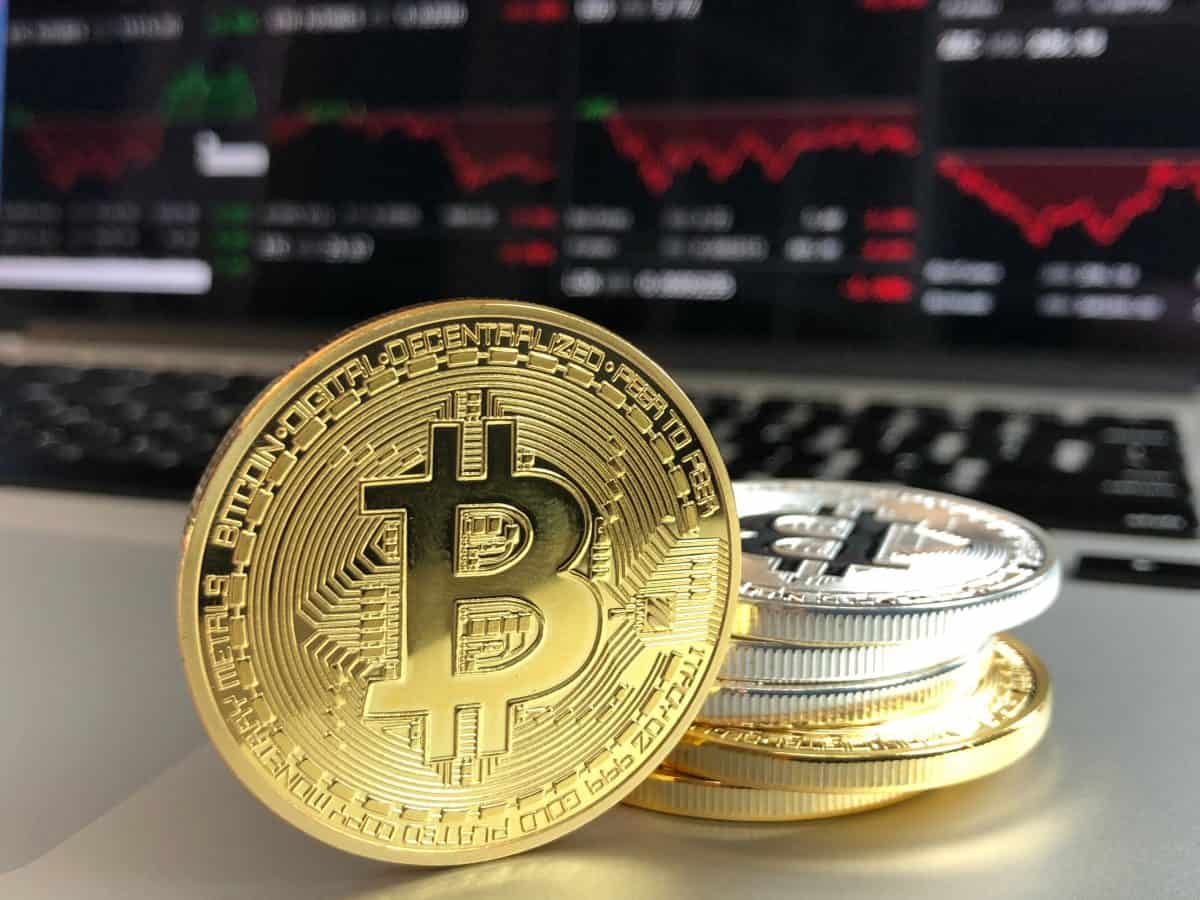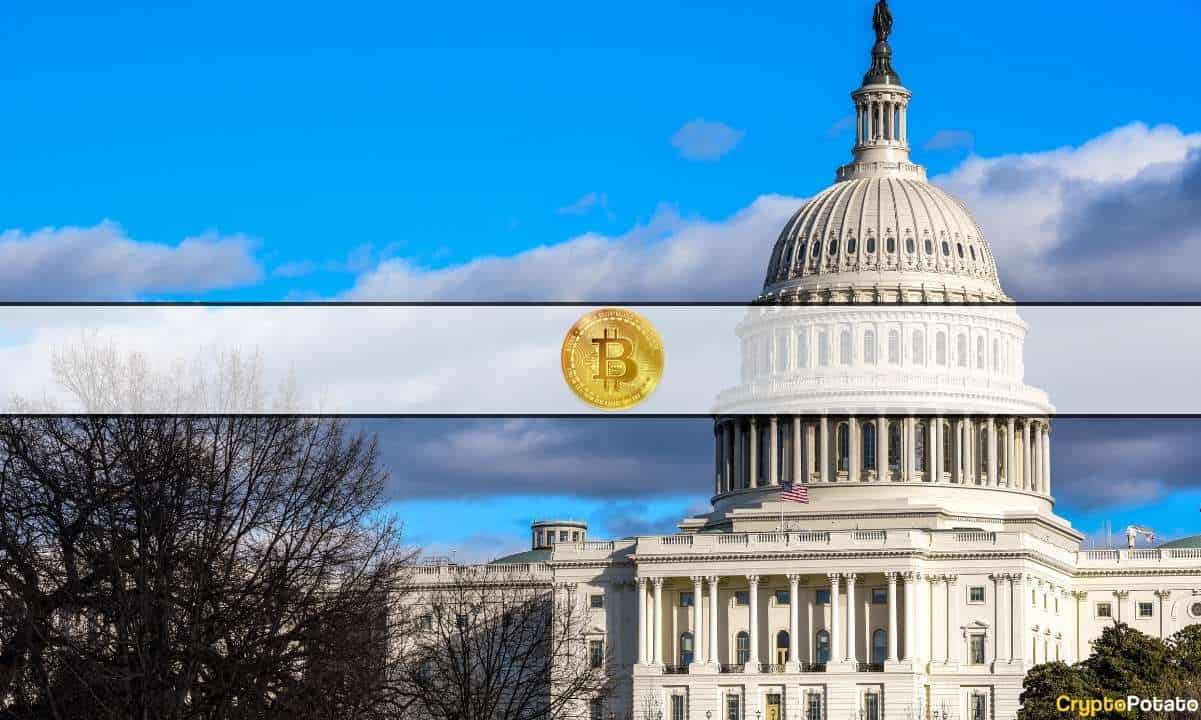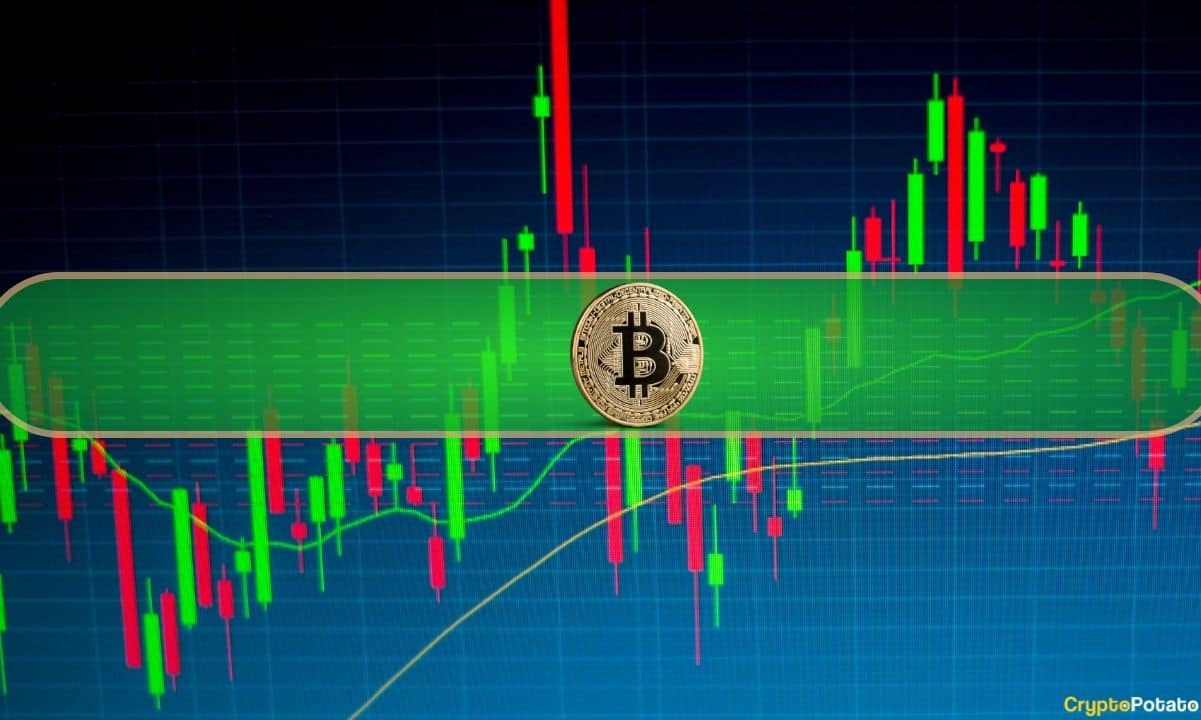2020 Year In Review: Bitcoin’s Journey From $3800 To Nearly $30K
2020 has been an interesting year. To say anything else would be an understatement. The global COVID-19 pandemic took the entire world by a storm and changed the lives of millions of people.
This had a direct impact on all industries and markets. Cryptocurrencies were absolutely no exception. 2020 had its lows for the nascent industry, but it’s perhaps safe to say that the highs were much more. The clearest evidence of this is Bitcoin, as well as the massive growth in the total capitalization.
Bitcoin went on a rollercoaster. It started off the year steadily, crashed massively a few months later, and came back stronger than ever to chart highs that we haven’t seen before. The total market cap is almost at the point it was back in 2017’s parabolic run, though this time, things are looking very different.
Without any further ado, let’s have a look at the most important events of 2020 and how we ended up right where we are!
January – March: The World Before COVID and the First Wave
Technically, the novel coronavirus was discovered in China before the beginning of 2020, but it was really in March when most countries took serious measures as the virus went rampant.
However, the first few months before that were relatively calm. Bitcoin was increasing in value in what seemed like a very healthy progression. Towards the beginning of January, the Chicago Mercantile Exchange (CME) launched bitcoin options contacts, providing its institutional investors with more tools to receive exposure to the cryptocurrency.
More positive news came for the entire industry as two of the world’s largest banks, Goldman Sachs and Citigroup, executed an equity swap on a blockchain network similar to Ethereum.
However, the telling signs were there that something bad was brewing, and it’s easy to see them in retrospect. A growing number of banks started to introduce negative interest rates, highlighting some of Bitcoin’s inherent benefits.
In February, China delayed the development of its national cryptocurrency as the epidemic continued, though, at this point, the spread was somewhat limited to the country. And towards the end of the month, things started taking a turn for the worse.
Wall Street marked its fastest 10% correction in history as the coronavirus pandemic started to loom over the entire world. This quickly transitioned to the cryptocurrency market, and in the middle of March, Bitcoin had its worst week since 2013.

The panic was all over the market as many investors rushed to dispose of their holdings, resulting in a drop higher than 40% in a single day. This wasn’t limited to BTC as all cryptocurrencies suffered tremendously.
Once the dust settled, however, many realized that the worst has passed and the best is yet to come. Especially with what major Governments did next.
April – July: A Period of Infinite Money Printing and Growth
The coronavirus-induced crisis hit the markets so hard that governments across the world had to print money and bail out many corporations. The US, to no one’s surprise, was in the lead.
This would later act as a major push for institutions to realize the opportunity that Bitcoin presented. Nevertheless, at this point, proponents started to highlight the fact that unlike the US dollar, bitcoin is a hard currency – money that can’t be inflated infinitely. Money that stores value and grows it, instead of losing it. Many people came to this realization as the FED continued to print money and pump the economy at times where job-loss claims were sky-high.
This is when Bitcoin started to stage its recovery, and by May, the effects were already showing for what happened then is one of the most important events for the cryptocurrency in the past four years.
On May 11th, Bitcoin went through its third-ever halving which reduced the supply of freshly minted bitcoins in half. If this didn’t make BTC scarce, Grayscale surely did. The largest cryptocurrency fund manager started buying more bitcoins than there were minted.
In June, the V-shaped recovery of the legacy market was completed, following numerous monetary injections. NASDAQ reached a new all-time high.
In July, Ethereum had its 5th birthday, at which point the cryptocurrency market surged to a new 5-month high as the total capitalization surpassed $300 billion.
And while it may all sound particularly good to this point, something was lurking in the background.
The United States top regulators were furthering their efforts to scrutinize the industry, which culminated with a deal between the Securities and Exchange Commission and Telegram, resulting in the latter having to pay a fine of $18.5 million. This happened in June, but it foretold how the regulatory landscape would develop in the months to come.
August – October: DeFi, The Boom to Remember in 2020
The field of Decentralized Finance is one that many believe is the future of crypto. 2020 was the year this started to come to fruition as its market grew by more than 2,500%. In August, things started going parabolic.

One of the most landmark projects that highlighted the unprecedented growth for DeFi was YFI or Yearn Finance. Founded by Andre Cronje, the value for YFI went from $0 to $44,000 – something that no one could have expected. Even though the cryptocurrency has halved in price, it’s still technically the second most expensive crypto on the market.
After that, we saw plenty of projects flooding the DeFi space. Uniswap – the world’s leading decentralized exchange protocol, had a massive year as it became the established authority in the field. Many tried to claim its spot, but so far, none has succeeded.
We saw food-based meme tokens growing in value like nothing before. One of the most popular examples was SUSHI – a protocol intended to overtake Uniswap but failing after many issues, including the fact that its developer (anonymous, of course) took off with millions before deciding to return them.
Elsewhere, the world’s largest online payment processor, PayPal, announced its plans to start offering its customers the option to buy, sell, and store cryptocurrencies. This is a massive deal for the entire industry because the huge network of merchants that PayPal serves will also be able to use crypto as a means of payment.
Apart from DeFi, however, this particular period of time should also be remembered with something else – two landmark lawsuits.
In October, the US CFTC slapped the company behind one of the world’s largest derivatives exchanges, BitMEX, and its owners, including Arthur Hayes with a suit. It alleged that it has been running an illegal derivatives exchange, continuing its efforts to scrutinize the industry. Shortly after, another famous name, John McAfee, was also charged with promoting fraudulent initial coin offerings.
November – December: Bitcoin’s Time to Shine
The last two months of this year were nothing short of spectacular for Bitcoin. The most impressive part was that this isn’t a retail-driven hype cycle. Rather, institutional investors fueled the increase.

It was all prompted by the NASDAQ-listed company MicroStrategy which allocated its reserve treasury in Bitcoin, setting the stage for many others to follow. Jack Dorsey’s square, as well as some of the largest hedge funds, followed with different allocations, building up a rally that will go down in history.
In November, Bitcoin had long recovered from its lows and, even more so, broke its previous ATH set back in December 2017. What followed is even more impressive.
In December, the last month of 2020, BTC broke all expectations and surged past major psychological levels all the way to $29,000 in a few short weeks.
The cryptocurrency seems well on its way to take a shot at $30,000 – the next major target for Bitcoin, the all-time high of which currently rests at about $29,000.
Yet, there was another piece of news that took the cryptocurrency market by a storm, something that perhaps shadowed Bitcoin’s brilliant performance to a certain extent. The United States Securities and Exchanged Commission pressed formal charges against arguably the biggest company in the industry – Ripple. The watchdog alleges that it had conducted an unregistered securities offering worth $1.3 billion, implying that XRP is, indeed, security. Major exchanges delisted the coin as a result, and it plummeted by more than 65% as a result in just a few days.
Closing Words
2020 was perhaps the most interesting year for the entire cryptocurrency industry. The single, most crucial fact that everyone should by now be aware of is that it stood the test of one of the worst challenges that the entire world has had to face in the past decades – the Coronavirus (COVID-19) pandemic.
This is a clear testament that blockchain and cryptocurrencies are here to stay. This should also put a definitive damper on the “it’s a bubble” narrative because its resilience was put to the test like never before.
This concludes our yearly recap.
We at CryptoPotato would like to thank our readers and wish that you and your close ones be blessed with health and happiness. Stay safe!









